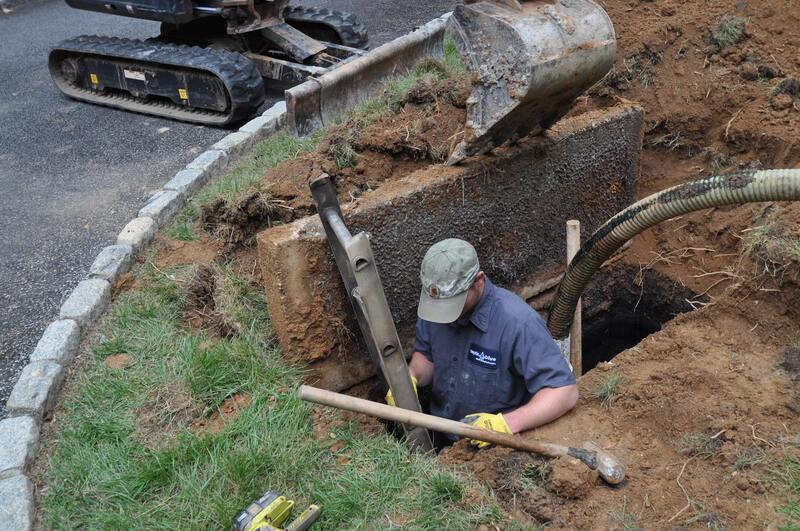
Mar 06, 2024
One of the common mistakes that homeowners who rely on a septic system make is burying access to the septic tank. Some homeowners might find the exposed access point to be visually unappealing and disruptive to their yard's overall aesthetics. So they opt to bury it in order to create a cleaner, more uniform look in their landscaping. However, it’s not advisable to bury access to your septic tank. In this blog post, the septic experts at Septic Blue of Charlotte will explain why it’s a bad idea.
Septic Blue of Charlotte is a professional septic company providing a wide range of services to private homes and commercial properties in the areas we serve. When you’re in need of reliable and affordable septic services, you trust our knowledgeable and experienced septic technicians to do a perfect job. Our experts can help you with everything from septic tank installation to septic tank cleaning, routine septic maintenance, drainfield installation, and more. Let’s look at why you should not bury access to your septic tank.
Burying the access point makes it difficult and time-consuming for professionals to inspect and maintain your septic system. This can lead to neglected maintenance and potential system issues. In case of septic emergencies, a buried access point can significantly delay septic tank repairs and exacerbate the problem.
Finding a buried access point adds unnecessary time and effort to septic tank pumping and septic tank cleaning. This translates to higher service fees, as technicians need to spend additional time locating and excavating the access point before they can even begin working on your system.
When you don’t know the location of your septic tank, the risk of causing damage is quite high. You can accidentally drive or park heavy machinery over your septic tank and cause significant damage. Burying the access point increases the risk of this happening, especially if you forget its exact location or if the markings become obscured over time.
Potential buyers will need to locate the septic system for inspections during the home-buying process. A buried access point raises concerns about potential difficulties and hidden problems with the system. It could lower your asking price or delay the sale.
Out of sight, out of mind? Not when it comes to your septic tank. Burying the access point makes it difficult to monitor for signs of trouble, like backups, odors, or pooling water around the tank. Easy access allows for early detection of potential issues, which is crucial for preventing costly septic tank repairs and environmental damage.
Look for a round or rectangular concrete or plastic cover labeled "Septic Tank" or with similar markings. These are typically located in the yard, often near the house foundation or drain field.
Your property deed or septic system permit documents might contain a diagram or description of the septic tank location.
If you look closely around your property, you may notice cues that can tell you where your septic tank sits. In some cases, signs like depressions in the ground, pipes sticking out of the ground, or unusual vegetation growth might indicate the approximate location of the septic tank.
If you're still unable to locate your septic tank after trying the previous methods, it's best to contact a licensed septic company. They have specialized tools and expertise to locate your tank.
Septic Blue of Charlotte is the name you can trust for all of your septic system needs. Whether you’re in need of septic tank installation, septic tank cleaning, or help with locating your septic tank, we are ready to help.